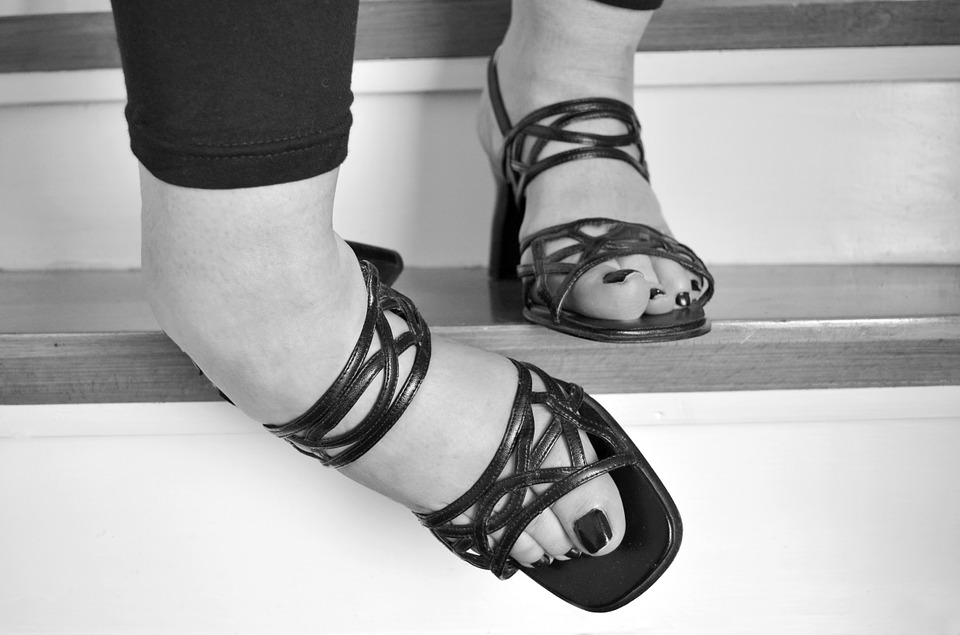
Before getting fall protection equipment and systems, it is wise to first identify the potential and causes of falls, especially in the workplace. Any worker operating at least six fits is at risk of suffering a fall and should be protected. Fall protection equipment are a must have as they help in minimizing the chances of falls and reducing the injuries that could result from it. Some of these must have equipment include;
Lanyards
This equipment is used to restrain the workers in position before the fall occurs. When using this device, you should keep the length as short as possible as it should not allow you to fall from a distance of more than two feet. The equipment is available in different types which include nylon rope and steel cables to mention a few.
Lifelines
The devices work by stopping falls immediately before the happen. They are attached to the harness and placed above the user’s head. In a case of a fall, the device exerts a breaking mechanism that stops the fall from occurring.
Cross-arm strap
To use a cross-arm belt, you need to tie-off point with a long diameter especially where the lanyard cannot attach. You will use it to enhance the effectiveness of the rope.
Harness and belt
A harness is used to secure the workers by offering fall arrest forces over the thighs, waist, chest, waist, and shoulders. You can attach it to other protective equipment for better protection. A belt on the other side secures the waist, and it can be connected to other safety components such as the lanyard.
Roof walks
It is the most obvious and essential equipment when working on the roof. It is most vital when the roof is situated directly on top of the fall since a fall from such point could lead to severe injuries.
Anchor points
The workers must be anchored to the structure of the building. The equipment is used to assure workers that they are safe. They are installed on the roof and are meant to connect the lanyards and lifeline.
Rescue equipment
At times, regardless of how much you try to avoid and protect yourself, the fall is bound to happen. If it does, you need to have rescue equipment as a plan B.
A suspension system
This is mainly used in window cleaning and painting tasks. They are tailored to lower and support the user vertically and allow him/her to enjoy a hands-free work environment.
Retrieval system
This equipment is mainly used in cases where the employees have to enter utility holes or tanks. The device needs retrieval from above the holes in case an emergency occurs.
Anchorage connector
An anchorage is a point where lifelines and lanyards are connected. It should be able to support the force exerted when arresting a fall. The connector is the device connected to the anchorage and could be a cross-arm strap, hook anchor or a beam anchor. The anchorage connectors are independent and should support at least 5,000 lb per every attached worker. It must be placed high enough to prevent any contact with the ground or other low levels for effective fall arrest.
It is advisable to get the help of a fall protection pro (FPP) to stay safe. Prevention is better than waiting for a worker to get injured as this could cost them a lot. Fall Protection Pros help by offering tips and equipment required for fall protection. They have the best and modern equipment and experienced staff that is knowledgeable


